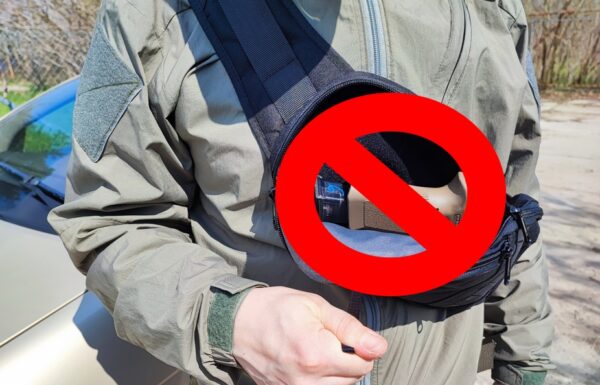On Wednesday, March 20th, the Budget Committee (Haushaltsausschuss) of the German Bundestag approved funding for the purchase of four additional batteries of the MIM-104 Patriot air defense and anti-missile system for a maximum of 1.28 billion EUR (5.51 billion PLN, 1.39 billion USD), as well as the modernization of deployed AN/MPQ-65 fire control radar stations for a maximum of 76 million EUR (326.93 million PLN, 82.5 million USD). The expected delivery time for the new sets is between 2027 and 2029.
Since the late 1980s, the German Air Force (Luftwaffe) has had a total of 12 batteries (24 firing units) of the MIM-104 Patriot PAC-3 system under the 1st Air Defense Wing Schleswig-Holstein, consisting of four groups: the 21st in Sanitz, the 24th in Bad Sülze, the 26th in Husum, and the 61st in Todendorf. Two additional batteries are used for crew training. On April 18, 2023, Germany handed over one of the batteries to Ukraine, as was promised at the beginning of that year. Temporarily, one battery each has been deployed in Poland and Slovakia.
Therefore, the new order is intended to fill the operational gap and also fulfill Berlin’s commitments to NATO, which also imposes a specified level of stockpiles for PAC-2 and PAC-3 CRI/MSE missile interceptors.
On January 3rd of this year, Germany ordered, through the NATO Support and Procurement Agency, 500 PAC-2 GEM-T interceptors (from a pool of 1000 missiles). They will be delivered by the joint venture company COMLOG (composed of the American corporation RTX and the consortium MBDA Deutschland) headquartered in Schrobenhausen, Bavaria.
As reported by the German defense industry portal Defense Archives, a Luftwaffe spokesperson stated that the military intends to purchase a mid three-figures quantity of PAC-3 MSE interceptors next year, fulfilling its NATO commitments in this regard. Long-term plans for the period after 2030 (referred to as KWS 3) envisage the integration of German Patriots with a radar capable of 360° threat detection, and a new battle management system (BMS). Previously, they were planned to remain operational until at least 2030 before being replaced by the future TLVS (Taktisches Luftverteidigungssystem) defense system.
It is worth mentioning that on January 25th of this year, the implementation phase of the short-range air defense program, codenamed NNbS (Nah-und Nächstbereichschutzsystem), began. On December 20, 2023, 1280 IRIS-T/TCV missiles were ordered for the IRIS-T SLS and SLM systems, and separately, in the previous year, IRIS-T SLM and the Israeli Arrow-3 (or Hetz-3) anti-ballistic missile system were ordered – the latter being a high altitude defense system. These actions are part of the European collective air and missile defense initiative, European Sky Shield (ESSI), in which Germany is the leader.
Update
On Thursday, March 21, the American corporation RTX announced the signing of a contract worth 1.2 billion USD (4.76 billion PLN) to deliver new Patriot systems to Germany, including M903 launchers, AN/MPQ-65 fire control radars, AN/MSQ-132 ECS control stations, associated spare parts, and a technical support package.
This contract reflects the global emphasis on advanced air and missile defense capabilities and the steadfast confidence in Patriot, said Tom Laliberty, president of Land and Air Defense Systems at Raytheon. With this expansion, Germany will not only modernize its own significant air defense but enhance its interoperability with allies and further strengthen a core NATO mission.

































